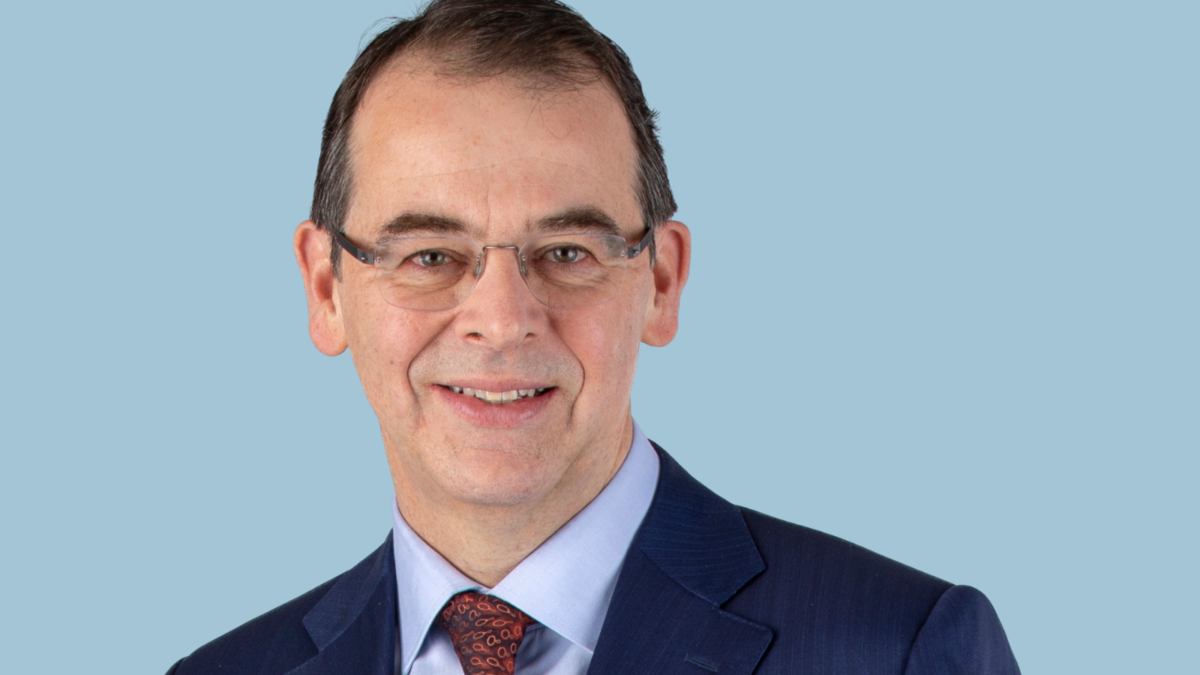Nowhere to run, nowhere to hide as a new year arrives
In 2022 there’s been nowhere to hide, with double-digit losses in nearly every single traditional asset class. There’s two headwinds still working against markets – interest rates going up significantly and growth getting downgraded – and three ways the future could be brighter, says Paul O’Connor, head of Janus Henderson’s multi-asset team (photo at top).
“One would be if central banks and the major economies managed to deliver a rare soft landing, in which inflation cools without a recession… I don’t think we’re going to see that,” O’Connor said. “The second thing is we could get positive developments in Ukraine. This started a year ago, and you never know what might happen. We didn’t expect it to start and maybe we’re going to be as good at predicting the end.”
“The final one is China: we could get positive developments on the health side. Markets have begun to raise this theme, but our central view is that it’s a reopening in Q2 and that it’s not really a macro story until Q3.”
But the base case is for the start of 2023 to feel a lot like most of 2022. The market regime is unlikely to change with the turn of the calendar. Growth is going to remain a problem, and O’Connor says that he’s expecting sizeable downgrades through the first half of next year.
“Economist numbers look a bit high – they’re barely predicting a recession in the Eurozone and in the US. We have a number of reliable macro models that will tell you we should expect a recession,” O’Connor said. “So economist numbers look slightly optimistic, and analyst numbers look highly optimistic. Analysts are expecting growth of three or four per cent next year, and in an average recession you get -20, in a shallow recession you get -10-15.”
“The good news is I think we’re getting towards the end of repricing of rates… Obviously we’re going to see a few more hikes in the next few weeks and the early months of next year, but I think in terms of what markets have priced in there’s not a lot of upside to rate expectations because interest rates are reaching levels now in a lot of economies where they’re self-limiting.”
For all those reasons, it’s “hard to say we’re going to launch into a new bull market”. The first few months will be a slog, and O’Connor advocates holding back some dry powder to buy dips, which will come. But valuations have reset to more comfortable levels, and high quality assets can reasonably be expected to provide a “mid-single, maybe high-single digit return”.
“The most important assumption in our view is that rates will peak early in the year, because that’s what will allow markets to look through the downgrades and the other challenges… If we’ve got that wrong and rate pressures persist to build into next year, then unfortunately that will mean that many of the themes this year and the price action of this year will persist for longer than we think. Government bonds will keep selling off, risk assets will keep selling off.”











